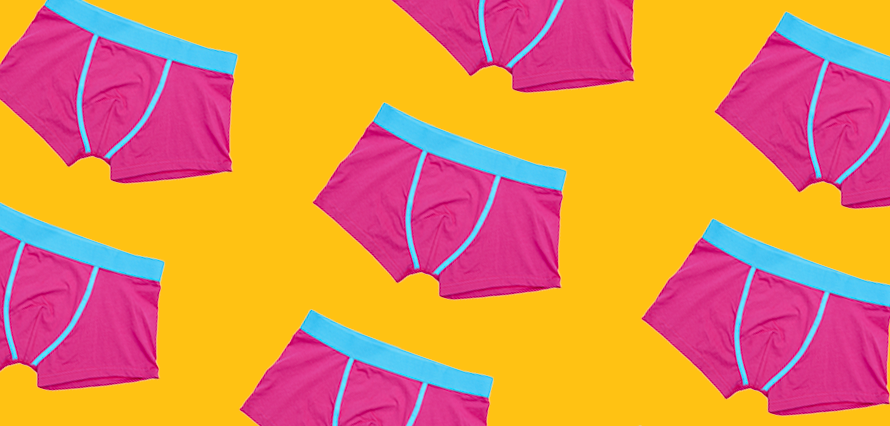June 1, 2021

Building a relationship between you and your design team is imperative to creating social content that leaps off the screen and becomes ingrained in users’ minds. You should trust your designers to know what they are doing and keep the clients’ best interests in mind.
In last weeks Serious social Live, we were joined by account manager Laurens Grisel and Digital Designer Ollie Farnden as they discussed the best way to brief design teams to get the best results. In this, they touched on a few aspects that we will now dive into a little deeper.
What makes a bad brief?
There are no specific ways to make a ‘bad brief’. It all depends on the individual designer and account manager, but what Ollie felt was something to avoid was making briefs too descriptive, leaving no space for creativity on their part. He did also say that a brief with few details can also be troublesome, as designers will have no base to work on.
What makes a good brief?
On the flip side of the question above, what makes a good, or even better, a great brief? Laurens kicked this off by saying that he would often leave briefs open to interpretation, still keeping the bedrock of what was needed while handing it over to the designer to execute the other details. Ollie agreed that this makes a brief more creatively interesting to him, giving the example of the best way to brief a piece of text animating in. He said that ‘transitions in’ would be what he would like to see, rather than ‘have text come in from the bottom…’ Laurens concluded that it’s a balancing act, one that needs the expertise to manage and done right will yield the best results.
The relationship between you and the designer
Both Ollie & Laurens agreed that building and maintaining a working relationship between an account manager and the design team was imperative to the created work. Laurens expanded on this, stating that, as both have a working relationship, both could push back on elements or even try new things out as there was a genuine level of trust between them. This level of trust is the biggest takeaway from this discussion, as they both agreed that creatives would become stale and cooking cutter without it.
Quick wins vs creativity
Lastly, the discussion moved on to how quick wins work within the role of design and how they impact creativity. Ollie stated that he believes that quick wins do indeed have their place in design but should not always be turned to when it comes to creating assets. He continued that the more intriguing the brief, the more it would get his mind thinking and the more creative it would be. Laurens then concluded that he would often throw a curveball into the mix when briefing the design team, one in which he doesn’t fully know can be achieved but would want to challenge the design team, again often yielding the best results.
Watch the full video on our social channels or listen to the podcast wherever you get yours.